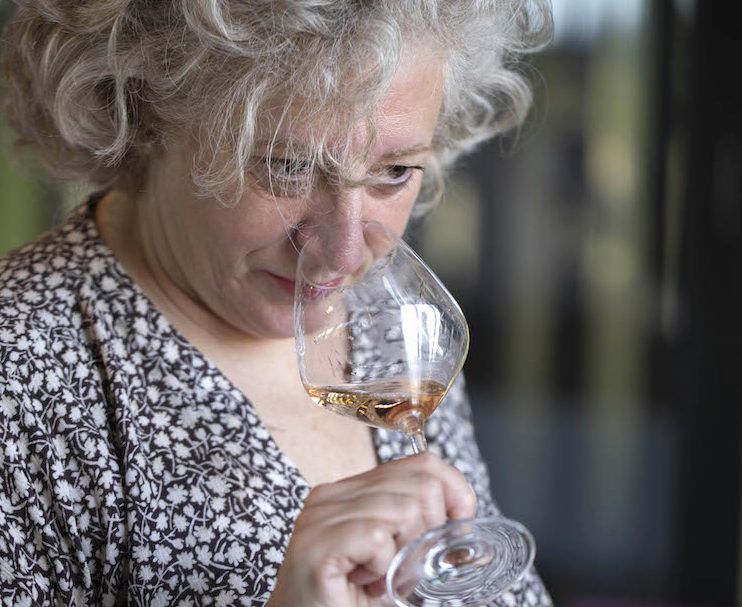Gabay assembles her Austrian rosé recommendations into the following groups: Sparkling, Pale pink to Blanc de noir, Red berry mineral and saline, Full-bodied fruit, and Summer drinking.
A few years ago, Austrian rosé was little known, just mean acidic Schilchers from Styria (related to the schillers of Germany), or heavier styles, a by-product of bigger red wines. In the past ten years, rosé production has grown, with peak consumption in the summer, often drunk with soda water. The most common variety is Zweigelt, alone or in a blend, as well as Blaufränkisch and Cabernet, also found in Hungarian, Slovakian and Czech rosés.
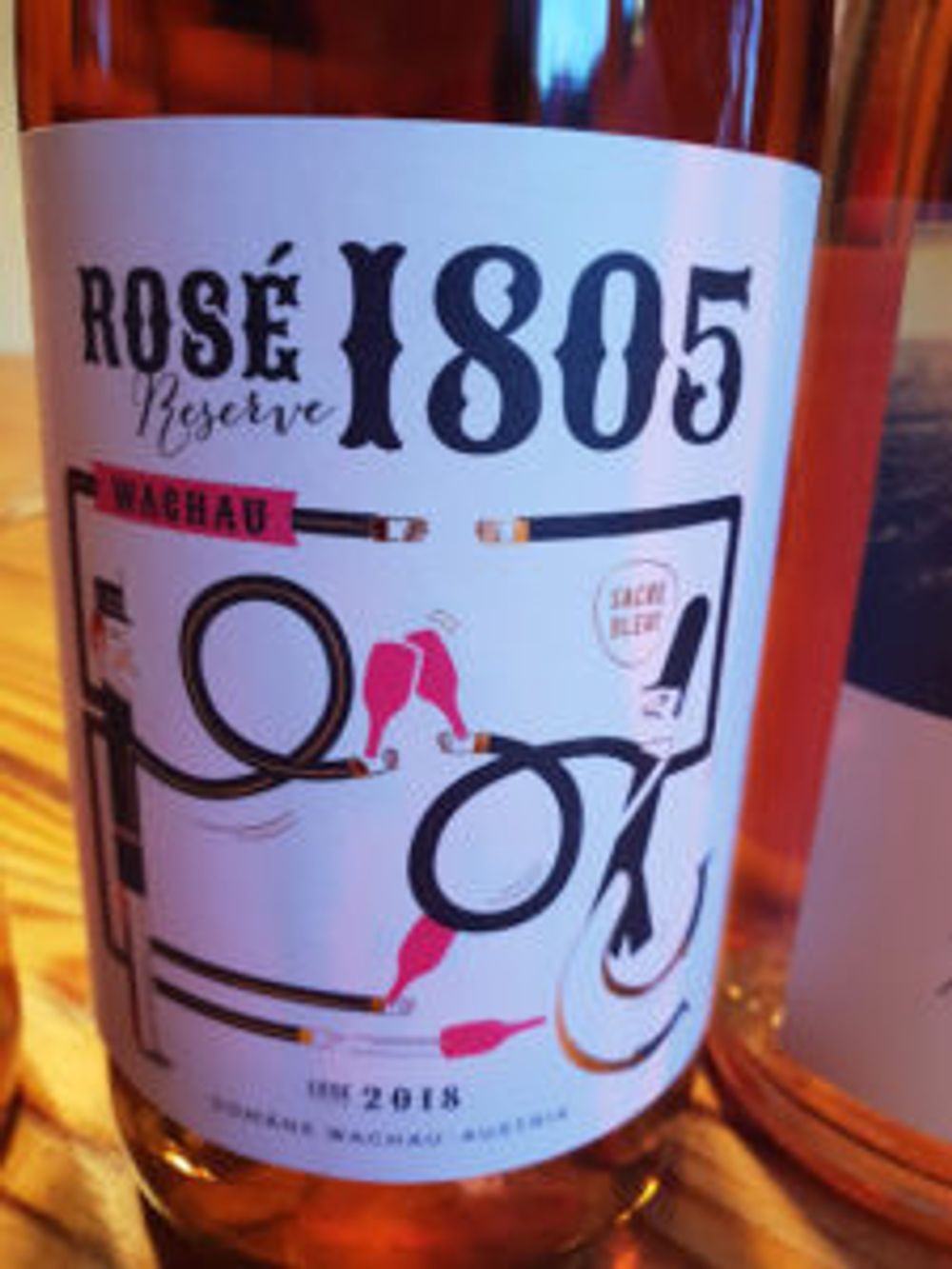
Domaine Wachau’s 1805 Reserve Pinot Noir and Zweigelt uses spontaneous fermentation in 500l barrels.
While Austrian rosé sales may have grown a little slower than surrounding countries, both quality and creativity have leapt ahead. Their good acidity, ripe fruit, ageing potential, and overall quality, results in some very serious wines. Austrian MW Andreas Wickhoff explains that the rise of biodynamics and the “slow wine” movement in Austria has led to rosés with a touch more colour, extract, tannin structure, low/no SO2levels, with more diverse styles, and creativity in winemaking, contributing to some exciting and innovative rosés.
In a tasting organised for me by Austrian Wine, I tasted 80 rosés, which, unless otherwise stated, were from 2018. As I tasted, I divided them into the following groups.
Pale pink to blanc de noir
This style made up the biggest category, reflecting the current international trend for very pale rosé. Closer to white wine in style with creamy, white peach fruit and fresh berry acidity. Good examples were from Anton Waldschütz’s‘Hof’; Geyerhof (2017); Durnberg’s ‘Cool Climate’ Falkenstein; Jurtschitsch Langenlois (all Zweigelt) and, Stift Göttweig’s Messwein all from Niederösterreich. Artisan Wines’Merlot Reserve (2017) Burgenland, is a classic blanc de noir with black fruit and a hint of salinity.
Taking this style a little further, were some more intense, complex and weighty rosés, presented in dark bottles (paleness evidently not their selling feature). Petershof Weingut Christ, Wien has wild berry acidity, firm mineral, structure finishing with zippy freshness and a long saline finish; Johannes Gebeshuber’s Querfeldein, Thermenregion has elegant sour and sweet cherry fruit with salt and white almonds, fresh minerality and long saline acidity and Theresa Haider’s Pink, a serious, powerful wine with white nuts, wild berries, firm structure and long mouth-watering finish.

Red berry, mineral and saline
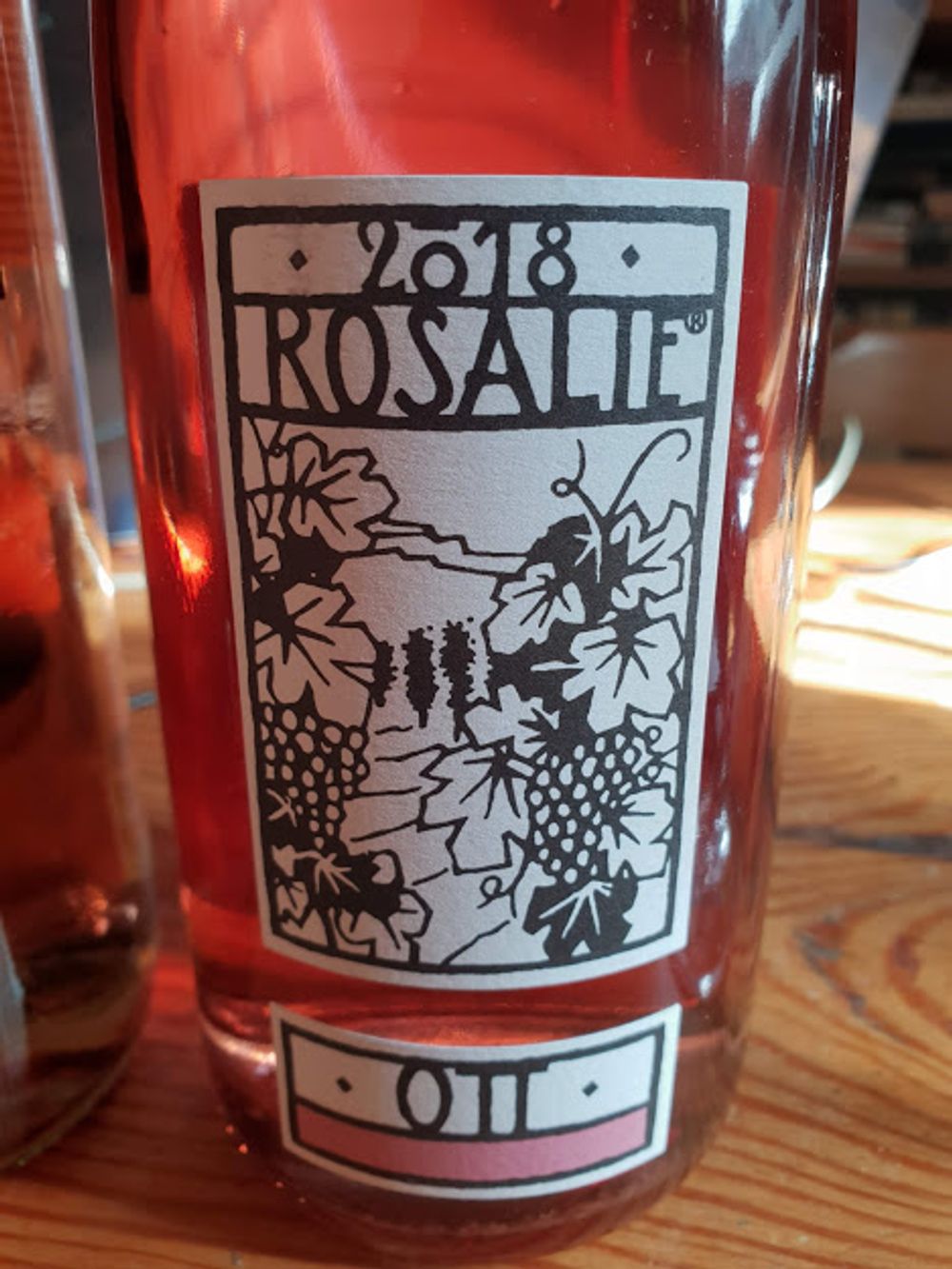
Similar in style, but with more red fruit, these rosés formed another group. Bernhard Ott’s Rosalie from Wagram, full of ripe, red berries tempered by a dry, saline finish, steely, almost mouth-puckering acidity and a mineral austerity. Johannes Trapl, Niederösterreich has two rosés in this section. His classic has vibrant sour redcurrants and cherries, firm minerality and mouth-watering, crunchy acidity. His ‘No added nonsense’ is smooth and silky with intense sweet and sour cherry fruit, with hints of almonds backed by a long fresh mineral core and vibrant acidity.
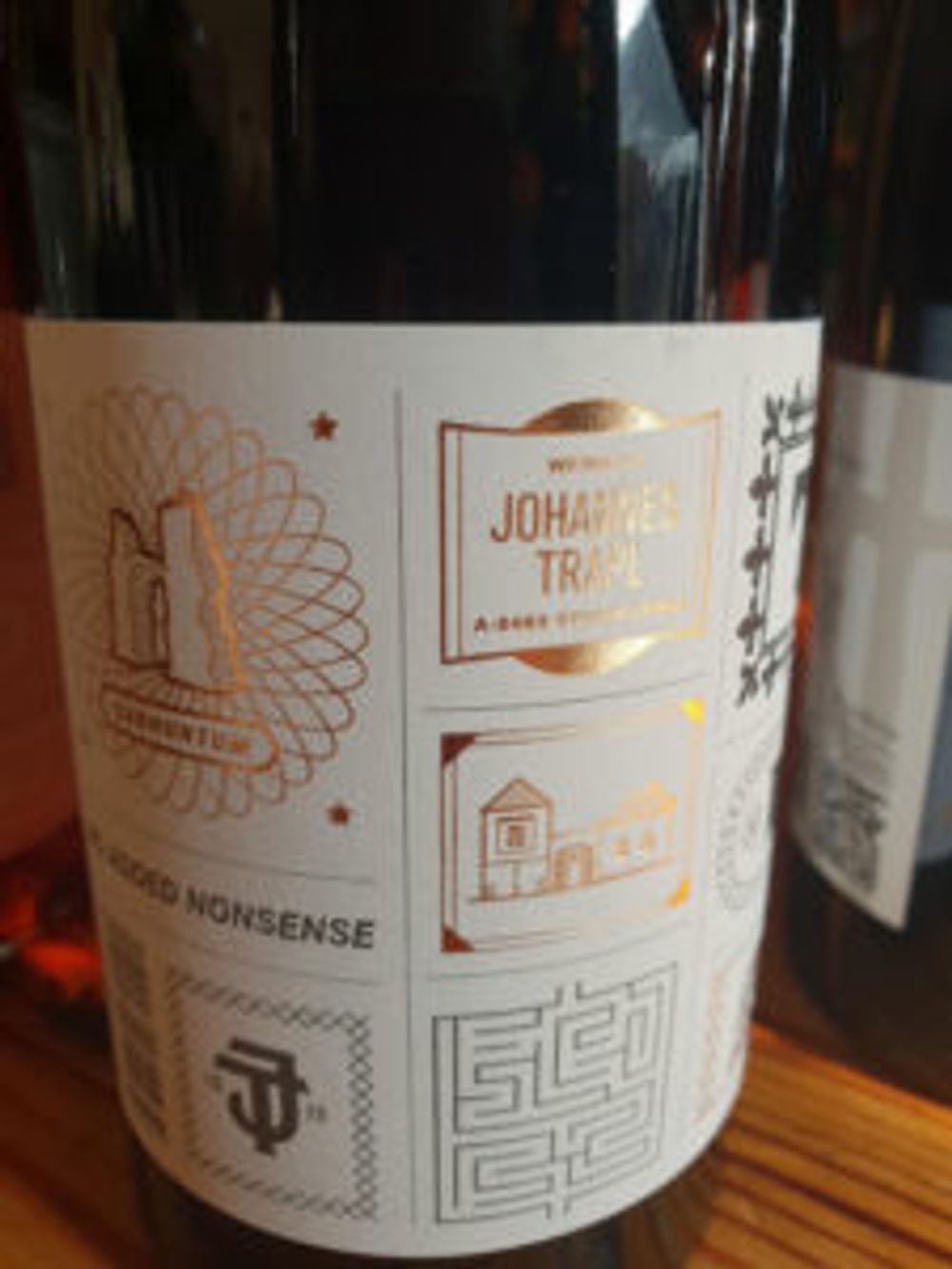
Johannes Zillinger also has two rosés. Velue Cabernet, a serious rosé for red wine lovers with red berry fruit, hints of leather and savoury spice, high acidity, austere, mineral structure and a hint of almond tannin on the finish. His Revolution Pink Solera, with whole berries fermented in amphora, has ripe strawberries, cherries and wild hedgerow fruit with smooth, creamy texture balanced by a mineral core and chewy acidity.
Domaine Wachau Rosé Zweigelt Federspiel Wachau, is fragrant with ripe red berries and blue flowers, creamy, silky texture, a hint of savoury spice, long blue mineral structure and crisp red berry acidity. Schödl Loidesthal Rosengarten Pinot Noir. Sun-kissed silky cherry fruit with a vibrant acidity and saline finish. Rabl’s Zweigelt, Rosé Celestia has opulent cherry, raspberry and redcurrant fruit forming a weighty, structured intensity, lifted by piercing acidity and fine-boned minerality.
Full-bodied fruit

The next group has less saline minerality, more obvious fruit fullness and is interesting because they also share spontaneous fermentation.
These first three, from Burgenland, share an intense ripe berry fruit. Umathum’s Rosa has opulent, weighty full-bodied fruit perfectly balanced by fresh acidity and a saline mineral restraint. Weininger’s Rózsa Petsovits, on the Austro-Hungarian border, has intense full-bodied, ripe sour red cherries, redcurrants, spice, with hints of blue flower minerality. Mouth-watering with refreshingly sour fruit. Heidi Schrock’s Biscaya (9 varieties aged in acacia) was full of ripe juicy cranberries and dried fruit, with dry, savoury notes, vibrating acidity and a long saline finish.
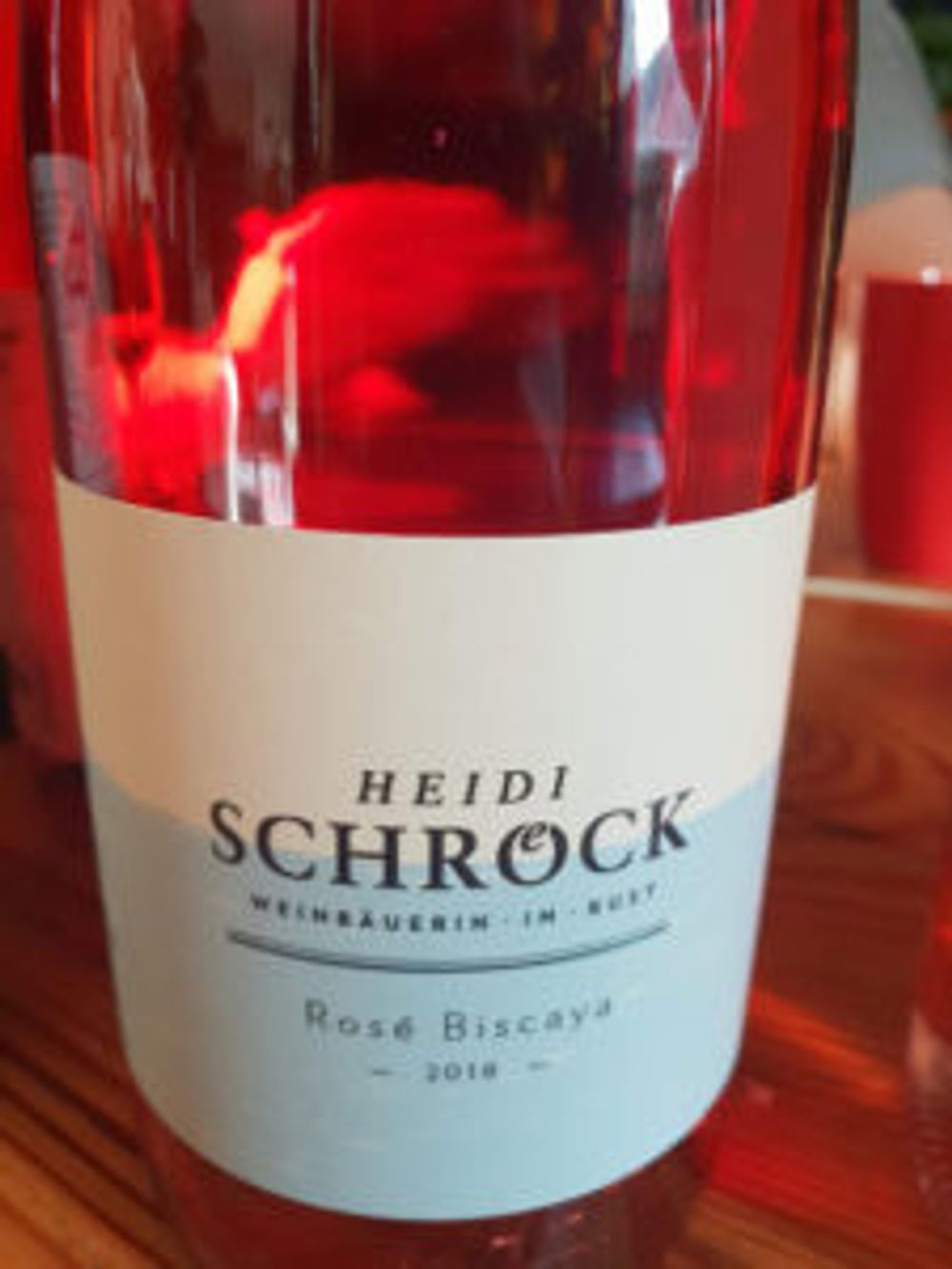
With great balance of ripeness and acidity, Domaine Wachau’s 1805 Reserve Pinot Noir and Zweigelt uses spontaneous fermentation in 500l barrels. Pretty vanillin oak aromas emphasise the slightly floral character; the beautifully integrated oak gives extra weight to the ripe berry and cherry fruit, with mouth-watering acidity and a saline mineral finish. Zillinger’s Numen (St Laurent unfiltered), is a pale ruby red with dark rich fruit, black cherries, red berries, leather, Christmas spice and fresh acidity. This may not be everyone’s definition of a rosé, but I love it.
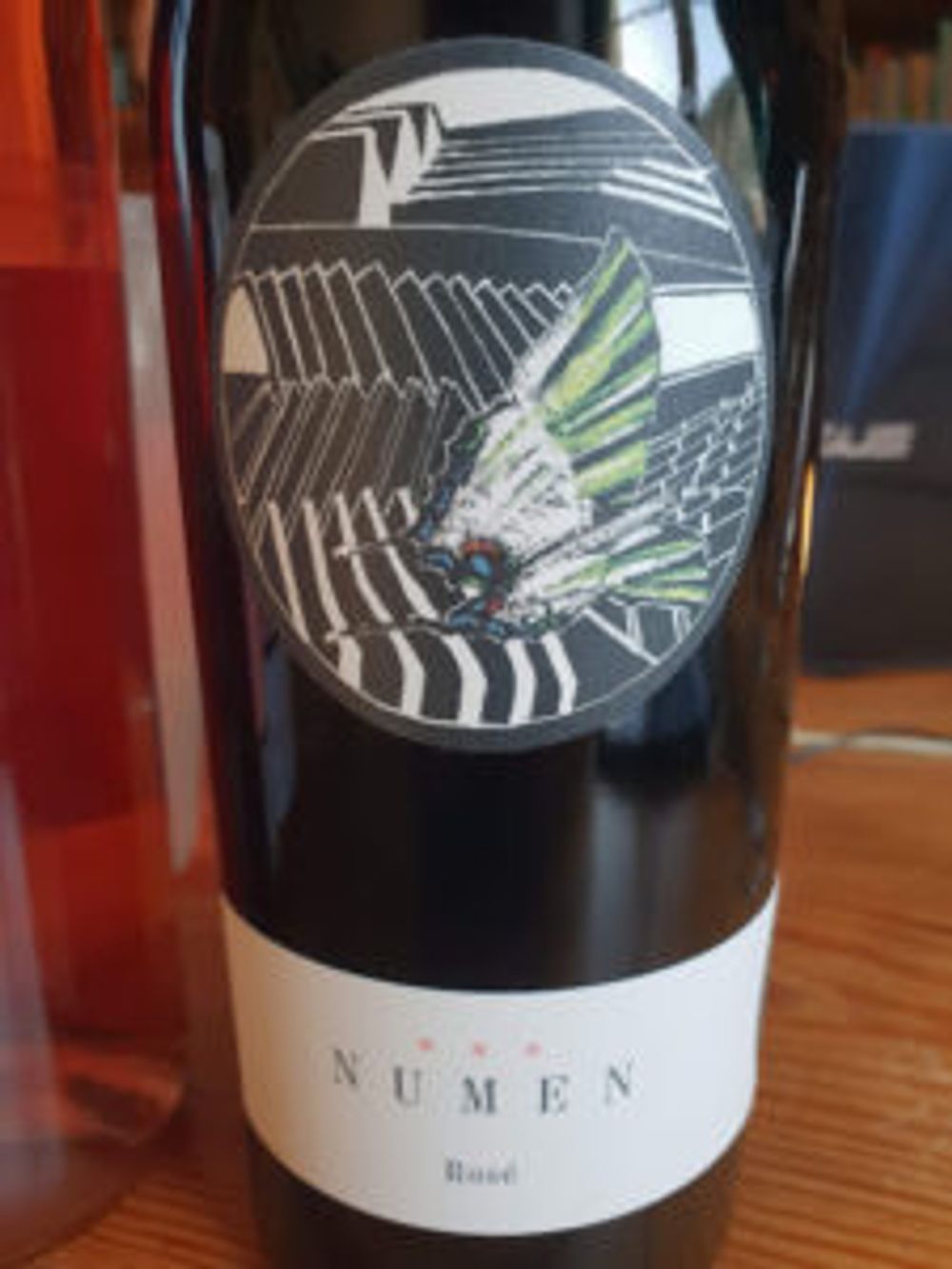
Summer drinking
Fresh and fruity summer rosés included some of the few from the 2019 vintage. From Burgenland, Tinhof’s Blaufränkisch (2019) is a fruit bowl of blackberry, mulberry and creamy peach fruit with fresh, zippy acidity and a restrained dry finish; Höpler’s Rosé Celestia is delicate and creamy, with fresh cherry fruit, floral notes, hints of spice and fresh acidity and Prieler’s Rosé vom Stein has soft ripe cherry and red berry fruit, delicate minerality and long fresh acidity.
From Niederösterreich, Ingrid Groiss’s Cuvée Rot is quite joyous with intense red berry fruit, crunchy acidity and a whisper of minerality; Gottfried Mittelbach’s Klassik Zweigelt has cherry and raspberry jam and sour red berries and vibrant acidity and Winzer Krems’s Sandgrube 13, Zweigelt (2019) is full of cherries, redcurrants and fresh crisp acidity.
Sparkling rosés

Diversity continues in the sparkling rosés, from the gentle, creamy cherry fruit of Felsner’s Frizzante to more serious traditional method fizz. Feiler-Artinger’s Sekt has crisp red fruit, floral notes, fine mineral acidity and a saline finish. Brundelmayer’s Brut shows age with evident autolysis, wild red berries, tart, crisp acidity and minerality. Kracher’s Brut has pretty creamy ripe black cherries and fresh redcurrants with slightly leafy acidity, while Erich & Walter Polz’s 2012 Brut has elegant creamy cherry fruit, some autolysis and a long austere mineral finish.
This diversity means there is no single Austrian Rosé style, which for me makes them so exciting.
